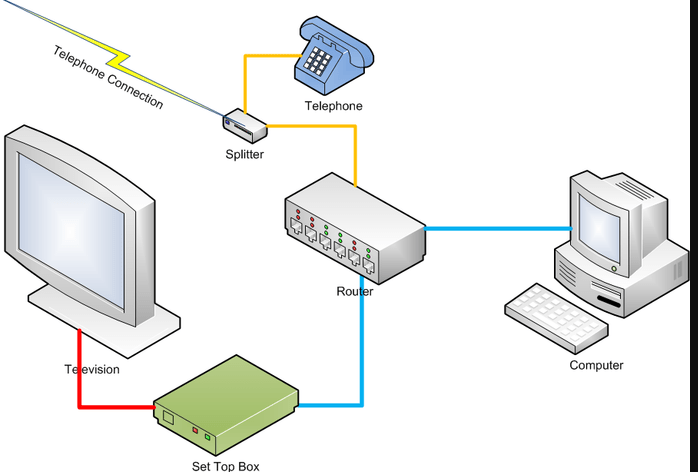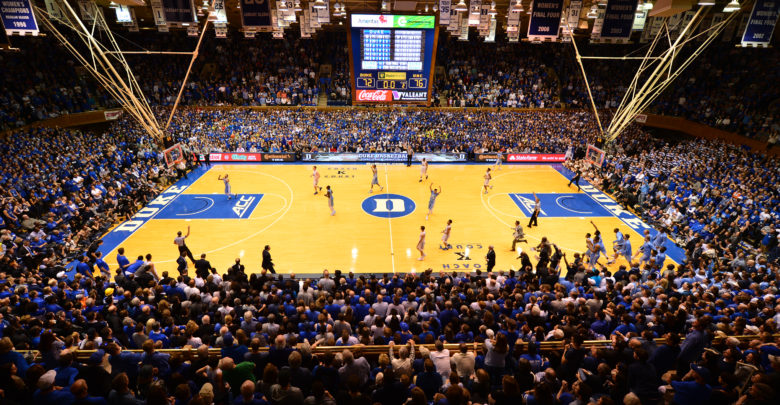.jpg&w=768&h=576)
Routers are basically a unique kind of PC. Both the router and the PC have similar components such as a motherboard, RAM and an operating system. The difference that sets a router a part from a PC is the fact that a router can perform special tasks such as controlling or routing traffic between two or more computer networks. Routers can be thought of as a smart network devices. Consider the hardware of a Cisco router in order to understand just specifically how a router can perform its many functions.
There are seven major internal components of a Cisco router. These include: CPU, RAM, NVRAM, Flash, ROM, console and interfaces. The CPU works exactly the same as it does on a PC. Using other hardware components the CPU executes any commands that are given by the IOS or the operating system. There may be multiple processors or extra spots on a high end router so you can add more CPUs later if needed.
The RAM is used to hold the ARP cache, store routing tables, buffer information packets and hold queues. It is also a temporary memory for the configuration router when the unit powers on. This component is upgradeable, but it will lose content when you restart or power off the router. The NVRAM is a nonvolatile RAM that hold your configuration files for startup. When the unit is powered off or restarted this type of RAM is not lost.
The Flash memory is one of the most important aspects of a Cisco router since it holds the IOS image file and all backups. This way if you mess something up you can still get it back. On most Cisco routers you can upgrade the Flash ROM. The ROM helps to hold information about all systems hardware components. You can upgrade this aspect by only by taking out the chip and installing a new one. By upgrading the ROM you are getting a new version of the IOS.
The console itself is made up of physical plugs and jacks located on the router. The console serves the sole purpose of being an access port for your configurations. The interfaces similarly provide a connection area for LAN, WAN and Console/Aux. The higher end Cisco router models can be configured in many different ways when it comes to interfaces. A Cisco router can use a combination of transceivers, card modules or onboard interfaces.
Routers are basically a unique kind of PC. Both the router and the PC have similar components such as a motherboard, RAM and an operating system. The difference that sets a router a part from a PC is the fact that a router can perform special tasks such as controlling or routing traffic between two or more computer networks. Routers can be thought of as a smart network devices. Consider the hardware of a Cisco router in order to understand just specifically how a router can perform its many functions.
There are seven major internal components of a Cisco router. These include: CPU, RAM, NVRAM, Flash, ROM, console and interfaces. The CPU works exactly the same as it does on a PC. Using other hardware components the CPU executes any commands that are given by the IOS or the operating system. There may be multiple processors or extra spots on a high end router so you can add more CPUs later if needed.
The RAM is used to hold the ARP cache, store routing tables, buffer information packets and hold queues. It is also a temporary memory for the configuration router when the unit powers on. This component is upgradeable, but it will lose content when you restart or power off the router. The NVRAM is a nonvolatile RAM that hold your configuration files for startup. When the unit is powered off or restarted this type of RAM is not lost.
The Flash memory is one of the most important aspects of a Cisco router since it holds the IOS image file and all backups. This way if you mess something up you can still get it back. On most Cisco routers you can upgrade the Flash ROM. The ROM helps to hold information about all systems hardware components. You can upgrade this aspect by only by taking out the chip and installing a new one. By upgrading the ROM you are getting a new version of the IOS.
The console itself is made up of physical plugs and jacks located on the router. The console serves the sole purpose of being an access port for your configurations. The interfaces similarly provide a connection area for LAN, WAN and Console/Aux. The higher end Cisco router models can be configured in many different ways when it comes to interfaces. A Cisco router can use a combination of transceivers, card modules or onboard interfaces.
Routers are basically a unique kind of PC. Both the router and the PC have similar components such as a motherboard, RAM and an operating system. The difference that sets a router a part from a PC is the fact that a router can perform special tasks such as controlling or routing traffic between two or more computer networks. Routers can be thought of as a smart network devices. Consider the hardware of a Cisco router in order to understand just specifically how a router can perform its many functions.
There are seven major internal components of a Cisco router. These include: CPU, RAM, NVRAM, Flash, ROM, console and interfaces. The CPU works exactly the same as it does on a PC. Using other hardware components the CPU executes any commands that are given by the IOS or the operating system. There may be multiple processors or extra spots on a high end router so you can add more CPUs later if needed.
The RAM is used to hold the ARP cache, store routing tables, buffer information packets and hold queues. It is also a temporary memory for the configuration router when the unit powers on. This component is upgradeable, but it will lose content when you restart or power off the router. The NVRAM is a nonvolatile RAM that hold your configuration files for startup. When the unit is powered off or restarted this type of RAM is not lost.
The Flash memory is one of the most important aspects of a Cisco router since it holds the IOS image file and all backups. This way if you mess something up you can still get it back. On most Cisco routers you can upgrade the Flash ROM. The ROM helps to hold information about all systems hardware components. You can upgrade this aspect by only by taking out the chip and installing a new one. By upgrading the ROM you are getting a new version of the IOS.
The console itself is made up of physical plugs and jacks located on the router. The console serves the sole purpose of being an access port for your configurations. The interfaces similarly provide a connection area for LAN, WAN and Console/Aux. The higher end Cisco router models can be configured in many different ways when it comes to interfaces. A Cisco router can use a combination of transceivers, card modules or onboard interfaces.

- White Belts - While white belt certification can be a good way to get your feet wet with Six Sigma concepts, its not really a means to an end in its own right.

- DTT channels may not be enough for some users who want to search for new content or channels that they cannot see due to the geographical area

- Justin Fields, Ryan Day and Ohio State will battle Alabama for the national championship on Monday night. See below for how you can watch the game for free

- Magic practitioners started using sugar in their spells not that long ago. They would use honey before to let people experience that